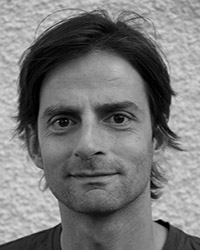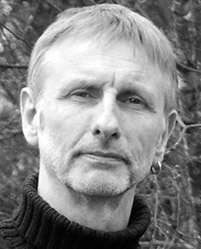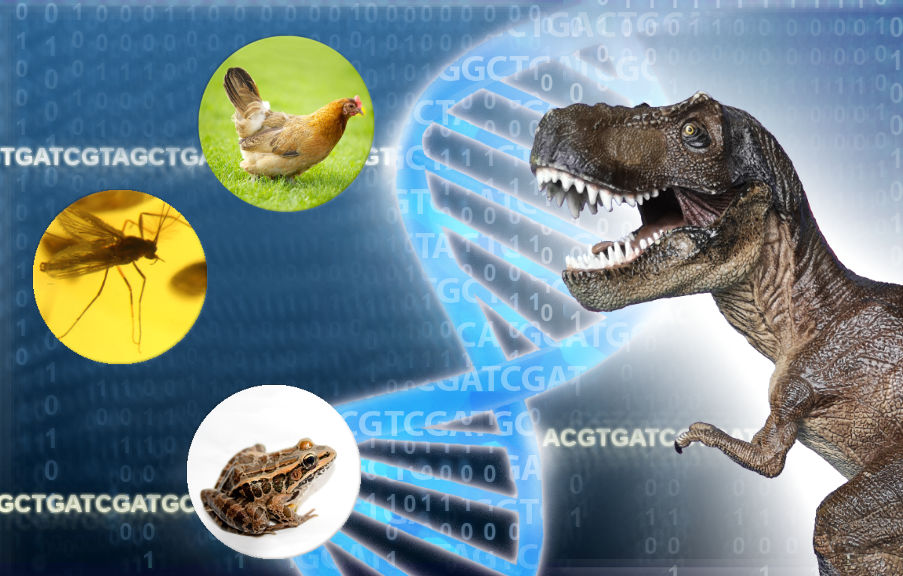inGENEious DNA - Can we really de-extinct a dinosaur?
inGENEious DNA - Can we really de-extinct a dinosaur?
| Angeboten von: | Dr. Heiner Busch, Dr. Arman Vinck, Prof. Dr. Benedikt Kost | ||
| Anbietende Hochschule: | Uni Erlangen-Nürnberg (FAU) | ||
| Kurssprache: | Englisch | ||
| Wissensgebiet: | Naturwissenschaften | Kostenfrei | |
| Durchschnittliche Bearbeitungszeit: | 10 Stunden | Kostenfrei | Einschreiben |
| Bildnachweis: Heiner Busch | |||
Was können Sie in diesem Kurs lernen?
Higher order learning goals:
The participants ...
... realize the wonderful correlation between structure and function of the DNA-molecule.
... know a selection of molecular techniques available to manipulate and analyze DNA.
... are able to research and evaluate opportunities and threads of these techniques.
... understand the role of DNA in the evolution of species.
... understand the necessity of high throughput DNA-sequencing projects.
More detailed Learning objectives:
The participants ...
... understand the function of DNA in inheritance and evolution.
... know the function of DNA as template for protein synthesis.
... know about the cellular activities that involve DNA, such as replication and transcription.
... understand the stability of DNA-molecules.
... understand the evolution of birds and dinosaurs.
... reflect on the ethical aspects of bringing back extinct species.
Learning goals in competencies
The participants ...
... use selected websites and other online resources in order to achieve the above mentioned goals.
... establish a personal learning network of valuable and proven learning resources.
Gliederung
Introduction and Organisation
- Welcome and authors
- Contents and Learning goals
- Learning interface
- Connectivism
“Jurassic Park” is part of our cultural heritage.
- At the crossroads of science and fiction
- "Mr DNA": Jurassic Park’s solution for resurrecting dinosaurs.
- DNA is the key to building a dinosaur.
How DNA builds a life form.
- DNA is information.
- The genome is the recipe book of life.
- DNA makes RNA makes protein.
- Proteins are the workhorses of living things.
- Genes can be switched on and off.
DNA does not last forever.
- Where can we find DNA?
- How long does a DNA-molecule last?
- How much science is in the fiction?
- Dinosaur DNA has been preserved through replication.
- Avian and non avian dinosaurs are closely related.
Do you want a pet dinosaur?
- Can we reverse evolution?
- Dormant genes can be reactivated.
- Other transgenic approaches
- Should we try it and why?
Angeboten von
The work on this online module on the wonders of the DNA molecule was carried out in the lab of Prof. Dr. Benedikt Kost, chair of the "Cell Biology Division" of the "Department of Biology" at the "Friedrich-Alexander University Erlangen-Nuremberg".
Weitere Autorinnen und Autoren

Arman Vinck studied Biology at the University of Groningen, University of Amsterdam and King's College London. His research was mainly focused on protein secretion mechanisms in the filamentous fungus, Aspergillus niger. After obtaining his teaching degree he worked as a secondary teacher at an international school in the Heidelberg region and lecturer at the Ansbach University of Applied Sciences and Friedrich-Alexander University Erlangen-Nuremberg. Currently he works as a learning designer at the University of Applied Sciences in Zwolle, The Netherlands.

Heiner Busch studied Biology in Würzburg, SUNY at Stony Brook, Göttingen and Hannover. His research interest was in the biophysics of plant ion channels. He worked for 10 years in systems analysis and software specification in life science knowledge management in Berlin. He participated as author and scientific adviser in scientific movies and documentaries. He is now lecturer at the Friedrich-Alexander University Erlangen-Nuremberg.
Zielgruppe
The exercises offered here are suited for everyone how is interested in the wonders of the DNA-molecule. You need to know some chemistry and some physics at low levels. For example, you need to know, that the world is made up of atoms which are linked together to form molecules, which can be composed of billions of atoms, but are still extremely small and can not easily be identified under a microscope.
You may be finished with high-school and you might be thinking about studying a major in the life sciences, in that case you will in these courses hopefully find many reasons to do so. Or you may have come across one of our DNA-stories elsewhere and you want to understand the background. Or you are already studying a topic in the life sciences and know many details about the inner workings of the DNA-molecule. In this case these courses might give you a glance at the crossroads of disciplines and an overview of the contexts in which your knowledge about DNA is applicable.
If you are a lecturer in the life sciences you might want to refer your students to our DNA-Stories in order to put your courses on DNA into perspective and provide some food for thought for subsequent discussions in the classroom or seminar. Thus exploiting these courses in a "flipped classroom" setting.
Teilnahmebestätigung
A certificate of participation is not yet available. You may participate in this course just for fun.
